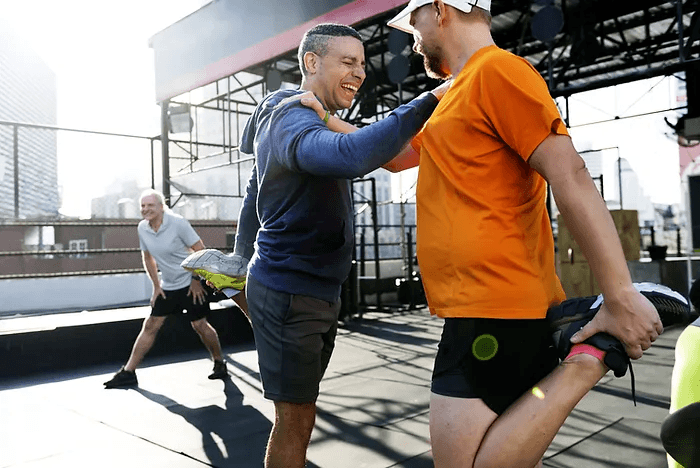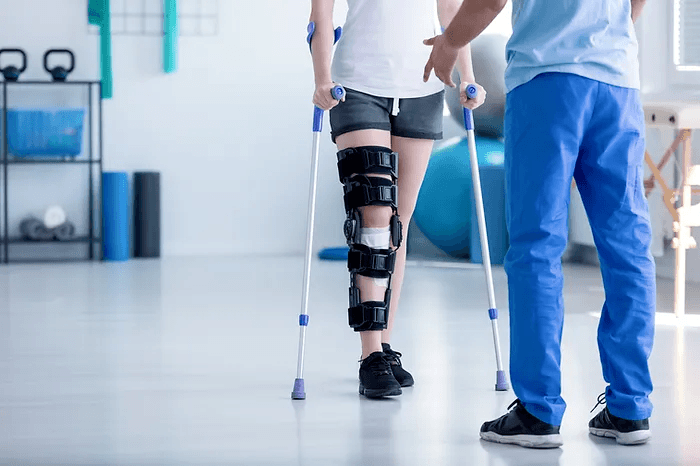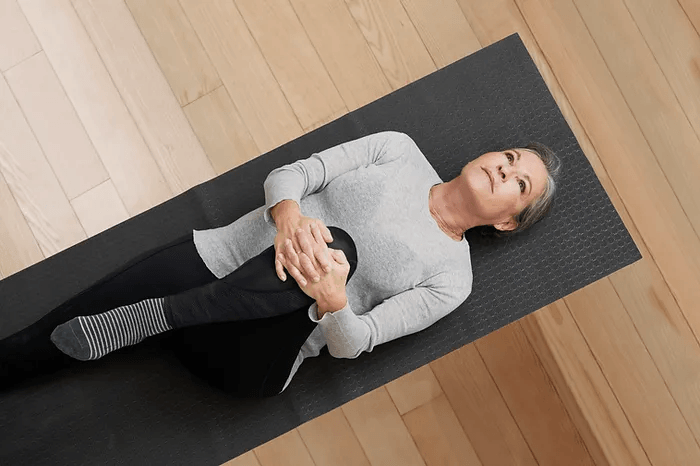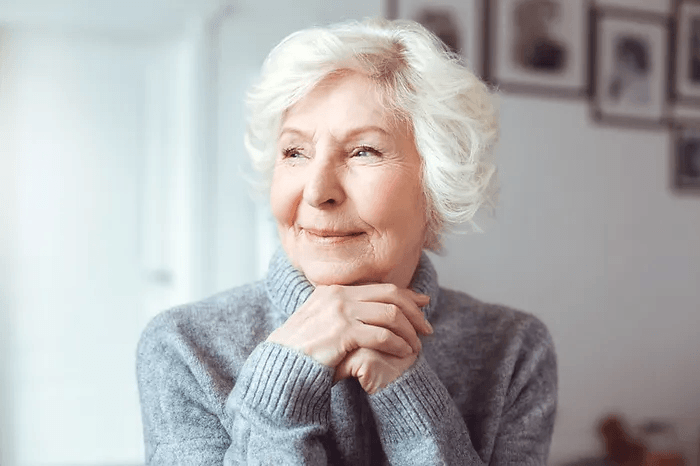
I included a stretch and relax session in my programme every Friday for two years. It always has the fewest participants, and a common comment is,
“you are not really doing anything”.
Every movement we make is dependent on the range of motion we have available at each joint. Stretching can help reduce muscle tightness that might restrict your ability to move and make daily living feel like hard work.

That tightness you feel could be from a past injury, scars, and muscles also shorten due to postural adaptations or shorten due to overactivity or spasms due to pain.
Did you know that research has shown that people with musculoskeletal pain have increased tolerance to stretch after three weeks?
So what I am saying is that you will be able to move more freely; it will not hurt as much to move in more extensive ranges after just three weeks. The muscle length may not show any change, but your sensory experience associated with the movement has. How cool is that! Better still, this will have lasting effects and progressive gains if you keep at it.
-
Do you suffer from shoulder or low back pain?
-
Do you have problems with balance?
-
Would you like to improve your posture?
-
Do you feel old or stiff?
-
Would you like to run further or faster or improve sports performance?
-
Have you got high blood pressure or been diagnosed with hypertension?
-
Do you want an immediate feeling of well being and relaxation?
Recent research has shown stretch can help with all of the things listed above.

One stretch does not fit all……… Therefore, a stretch programme should be tailored to suit the individual, taking into account gender, age, injury, sport and goals. For example, according to “current concepts in muscle stretching” for exercise and rehabilitation, men and those under 65 respond better to PNF (proprioceptive neuromuscular facilitation) contract-relax stretching. In contrast, females and those over 65 find static stretches more favourable.
Click the link to read the survey on stretching practices in women and men from various sports or physical activity programs 2021.
How you stretch, static or dynamic, gentle or intense, passive or active or pre-contraction stretches work differently. Most researchers suggest that a 10-30 static stretch increase flexibility with no added benefits after four repetitions. However, static stretching before many sports may decrease performance from what is termed “stretch-induced strength loss”. Dynamic stretches where you take the body through complete and rhythmical movements around the major areas you will use will be more beneficial.
Falls are one of the leading causes of injury in the elderly, increasing with age. Adding a stretch class to your pilates, tai chi, and the older adult session will further reduce your risk of falling. A research article, “effect of lower extremity stretching exercises on balance in geriatric population 2016,” found improved balance after ten weeks to improve flexibility around the lower limb.

The journal of physical health reported in December 2020 that stretching is superior to brisk walking for reducing blood pressure. In 2015 it was reported that just four weeks of regular static stretching was enough to reduce arterial stiffness in middle-aged men. In 2020 another research study concluded that stretching exercises reduce arterial stiffness, resting heart rate and diastolic blood pressure.
For those of you suffering work-related neck and shoulder pain, you could decrease that pain in as little as four weeks with a regular stretch routine.
I have just finished teaching a neck work session, a half-hour class that included just one strengthening exercise!
“I feel great”,
“that was really good”,
“these are some of the exercises the physio has given me, I can now see the benefit.”
were the comments.
So instructors, get creative with your session name or description and participants and give the stretch class a try.
See a suitably qualified practitioner for an assessment and at least one or two private sessions if you have an injury or chronic problem. Having a 1-2-1 session allows the therapist to make a programme for you. They will watch you do the movements, and you will be able to ask questions and make notes. Try before you buy, join a group class and then book a private session to get a specific programme.
